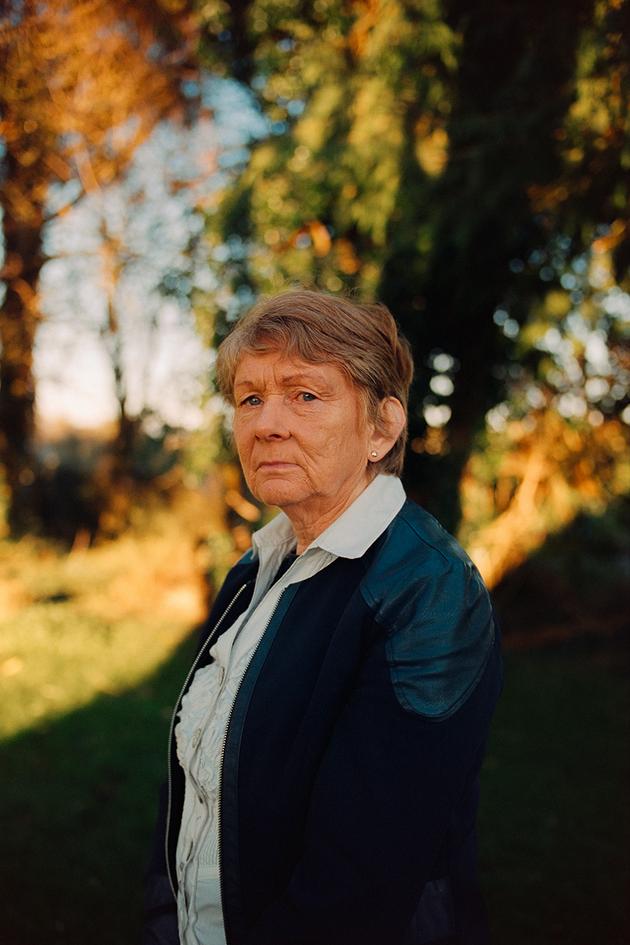Remains of 796 babies who died in Irish Mother and Baby Home to be exhumed – Technologist
A square of green grass surrounded by grey walls. A statue of the weeping Virgin Mary stands in one corner. At her feet are damp teddy bears, poems in fading ink. To her right there are three large, white numbers on the wall: 796. This is the number of children who died here between 1925 and 1961 and whose bodies probably lie under this lawn. Neighbors have turned it into a memorial garden.
The names of these children are printed on laminated sheets attached to the wall: Kathleen, Mary, Joseph, Augustine, Beatrice, Thomas, Bridget… They were one, two, six months or even just a few days old, residents at the Mother and Baby Home – a religious institution that took in unmarried mothers from 1925 to 1961, just outside Tuam, a large town in County Galway, in the west of Ireland.
Against the enclosure stretches a large playground featuring a slide and a skateboard park. It’s silent on this rainy Sunday in November but for years children have been playing near the spot where so many others were buried anonymously. Why did so many of the home’s young residents die – as many as 30 or 40 a year after the war – when they had been entrusted to the care of the Bon Secours Sisters, an order of nuns specializing in nursing care? Why were they buried in the institution’s former septic tank instead of the nearby local cemetery?
A shameful moment in Irish history
Catherine Corless has been looking for the answers to these questions for more than 10 years. Light-haired and light-eyed, this 69-year-old farmer from Tuam wants to honor the memory of these children, and ease the pain of their living siblings and cousins.
Since 2012, she has been patiently collecting the death certificates of the missing children, using maps from the land registry to prove that they were buried in the home’s septic tank. In a few months – “before next summer,” she hopes – the exhumation work she has been calling for should begin at last. A shameful moment in Irish history is about to literally resurface. Known for her tenacity, and the quality of her work as a local historian, Corless recounts her long struggle in the memorial garden.

“[I want] to expose what the state, the Church and the Bon Secours Sisters [who worked on behalf of County Galway] did to these children. These children were looked down upon as worthless. And I thought that was the most horrific thing you can do. When the nuns left [the Tuam home in 1961, due to its dilapidated state], they didn’t even say where the bodies were. They just wanted to forget about them. There’s no peace there until justice is done, until the truth is exposed. That’s my job, to ensure that these babies get a Christian burial. because that’s what their mothers would have wanted, because their mothers were religious.”
You have 85% of this article left to read. The rest is for subscribers only.


